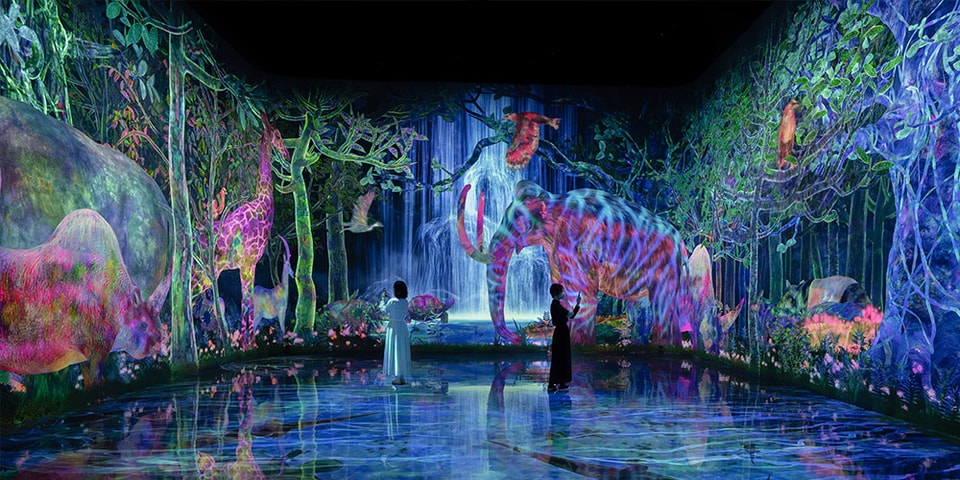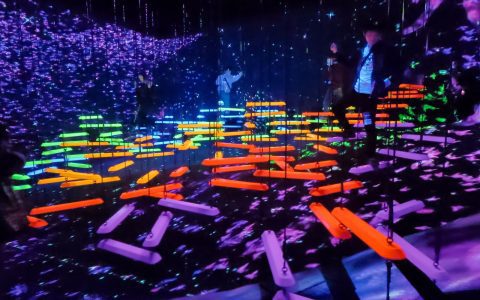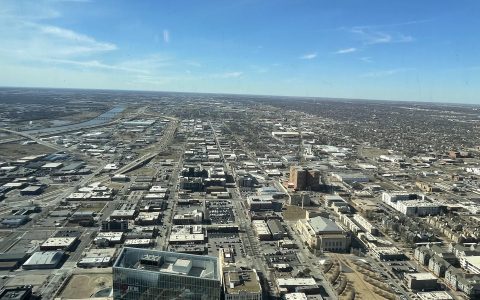Renowned architect Isozaki Arata played a crucial role in conceptualizing the spatial design for teamLab Planets TOKYO. His architectural vision provided the foundational structure for teamLab's immersive digital art experience.
Isozaki Arata's Contribution
- Visitor Path & Pod Design: Isozaki outlined the core sequence where visitors navigate interconnected spaces, including unique cylindrical "pods," defining the journey framework.
- Water-Based Environment Concept: He specifically proposed a space where visitors move barefoot through water-filled rooms, grounding the entire experiential concept.
Architecture Enabling Art
Isozaki's design choices create the canvas for teamLab's digital installations:
- Water Acts as Dynamic Canvas: The shallow water surfaces in spaces like the expansive Water Area reflect projected art, enhancing immersion and connection.
- Undulating Floors Challenge Perception: Sloping and soft surfaces heighten sensory awareness and physical engagement with the environment.
- Scale & Containment: Carefully scaled rooms create intimate, enveloping experiences where the digital artwork becomes the dominant environment.
Key Zones Embodying the Vision
- Waterfall of Light Particles: Visitors traverse ankle-deep water amidst cascading digital light streams within Isozaki's designed pathway.
- Expansive Infinite Universe: Large-scale projections in the water garden area directly leverage the reflective properties of the water surface.
- Floating Microcosm - Massless: The iconic water-filled space where light sculptures hover overhead relies completely on Isozaki's water-floor concept.
Isozaki Arata's architectural blueprint provides the essential, tactile framework—water, slope, enclosure—that makes teamLab Planets' digital immersion uniquely physical and transformative.








